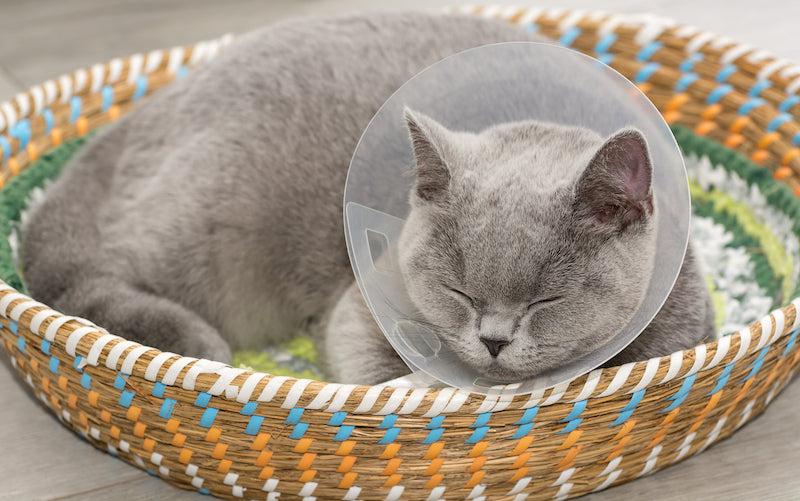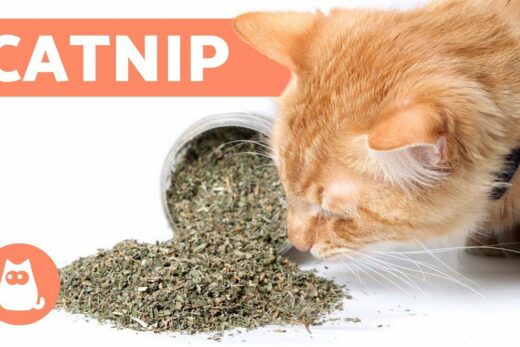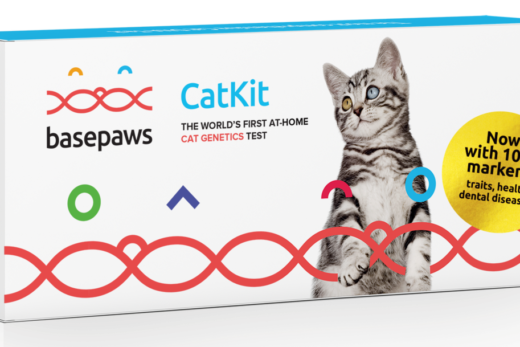Do you have an itchy cat? It’s possible that they could be suffering from dermatitis—an increasingly common skin condition seen in cats. In this post, we review two types of this uncomfortable affliction: atopic dermatitis and food allergic dermatitis. The Basepaws citizen science program needs your help to better understand the genetic and oral microbiome factors associated with these conditions. Learn more about these dermatitis research programs and consider applying today!
Dermatitis and Allergies in Cats
Dermatitis is a general term for any type of skin inflammation, until a more specific diagnosis is made. Feline atopic dermatitis, also known as atopy or non-flea non-food allergic dermatitis, is considered the second most common allergy in cats after flea allergy dermatitis. Atopy is associated with the presence of immunoglobulin E (IgE), which are antibodies produced by the immune system’s B cells in response to an environmental allergen (or in other cases, an infection).
Food allergies are the third most common type of feline allergy. They are characterized by an abnormal response by the immune system to specific proteins within food, causing the immune system to produce antibodies. Food allergies can develop at any age, and it is still not fully understood why some cats develop food allergies while others do not.
Challenges to Diagnosing and Treating Dermatitis in Cats
Though their causes differ, the clinical signs of feline atopic dermatitis and food allergic dermatitis appear indistinguishable—making it difficult to accurately diagnose between these two conditions for more effective treatments that get cats the targeted relief that they need.

The most common clinical sign exhibited by cats with either of these two conditions is pruritus, which is the medical term for abnormal itchiness in pets. Cats affected by pruritus will frequently scratch and over-groom themselves, which can result in hair loss, scabbing, open sores, lesions, or a combination thereof. The extent of these symptoms can vary, and due to the itchy discomfort that afflicted cats experience, continued scratching can lead to secondary skin infections.
An estimated 10 percent to 15 percent of cats affected by food allergies and food allergic dermatitis, however, can also exhibit gastrointestinal signs, such as vomiting and diarrhea. These signs are non-specific and can be associated with a range of many other feline health conditions—further complicating the diagnostic and treatment process.





